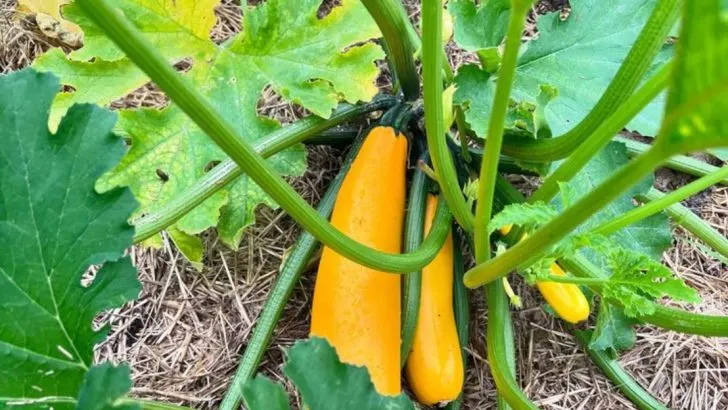May might feel late in the season, but there’s still plenty of time to plant vegetables — if you pick the right ones. Some crops thrive when started now, while others simply won’t have enough time to mature before the cooler days of fall arrive.
In this article, we reveal 9 vegetables you can still successfully plant in May, along with 9 crops that are better left for next year. With the right choices, you’ll maximize your growing season and enjoy a bountiful harvest even if you’re starting a little late.
Don’t waste precious garden space — find out which vegetables can still thrive and which ones are best to skip this time around!
Tomatoes
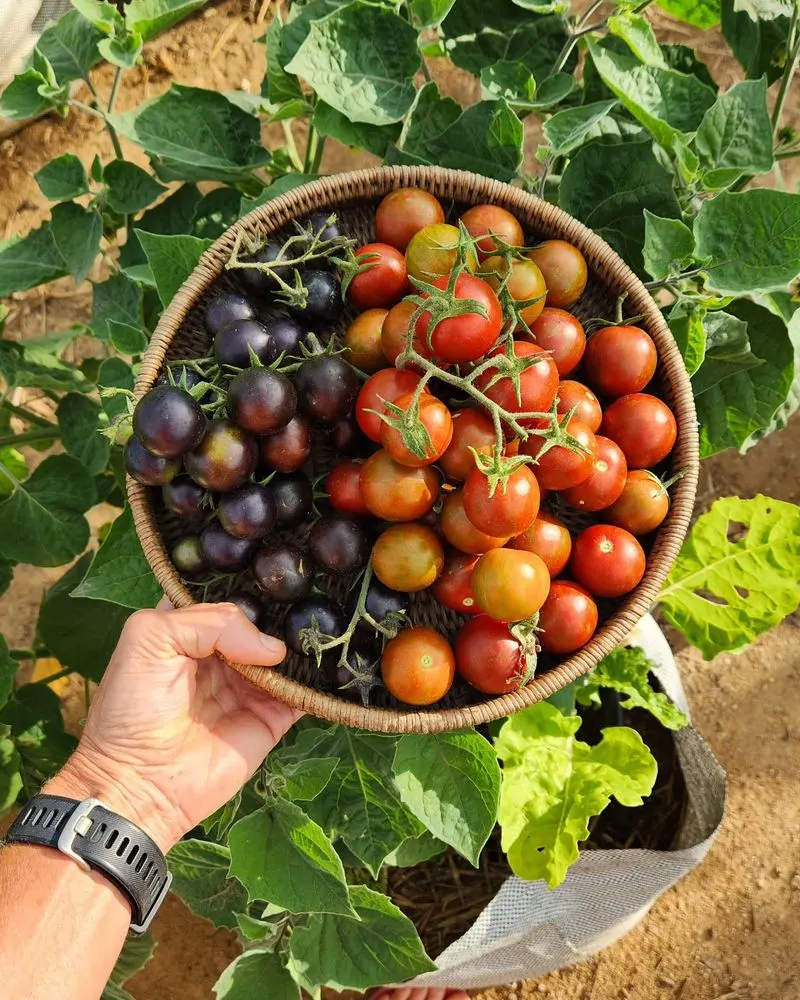
Tomatoes thrive in the heat, making May the perfect time to introduce them to your garden. With the sun on their side, these juicy fruits will flourish in well-drained soil and a sunny spot. Stake them early to support their growth and prevent rot.
Choose a variety that suits your taste, whether it’s the robust flavor of heirlooms or the sweet bite of cherry tomatoes. Consider companion planting with basil to naturally deter pests.
Remember, tomatoes need consistent watering but avoid overhead methods to prevent disease. Enjoy a bountiful harvest come summer!
Peppers
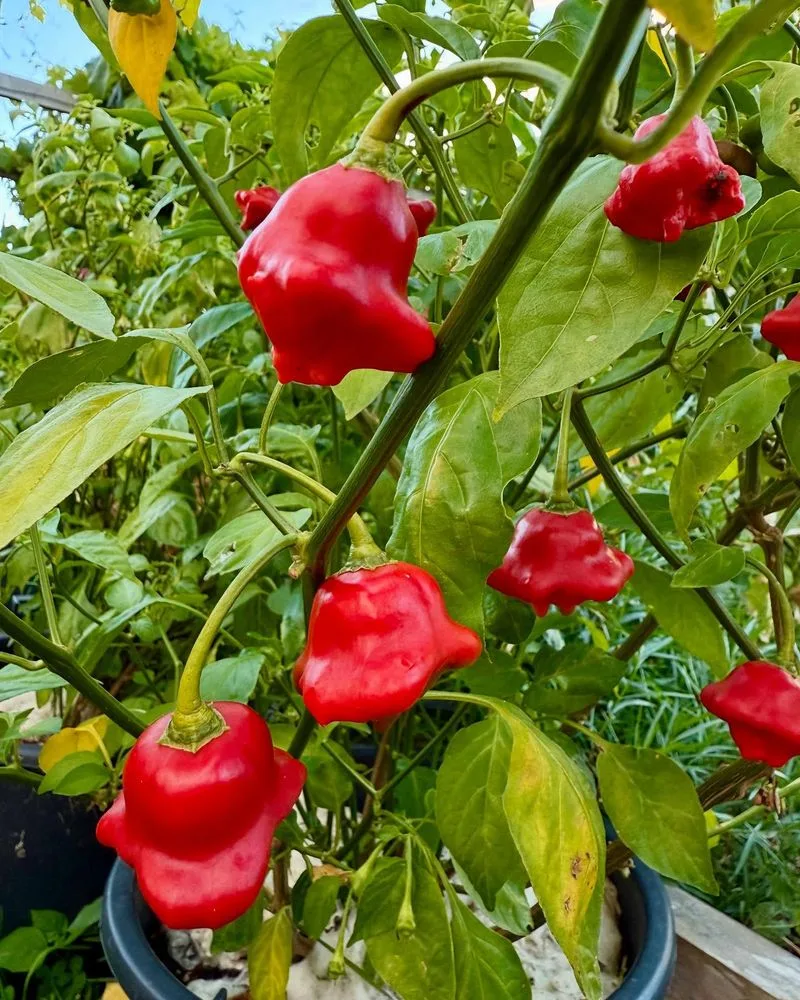
Peppers, with their vibrant colors, are a sensational addition to any garden. May offers the warmth they crave, ensuring a successful planting season. Opt for varieties that match your culinary preferences, from sweet bells to spicy jalapeños.
Space them adequately to allow full sun exposure, enhancing their flavor profile. A well-drained, rich soil works wonders in boosting their growth.
Mulch can help maintain moisture and suppress weeds, promising healthy yields. Regularly check for pests like aphids and employ organic solutions to keep your plants thriving.
Cucumbers
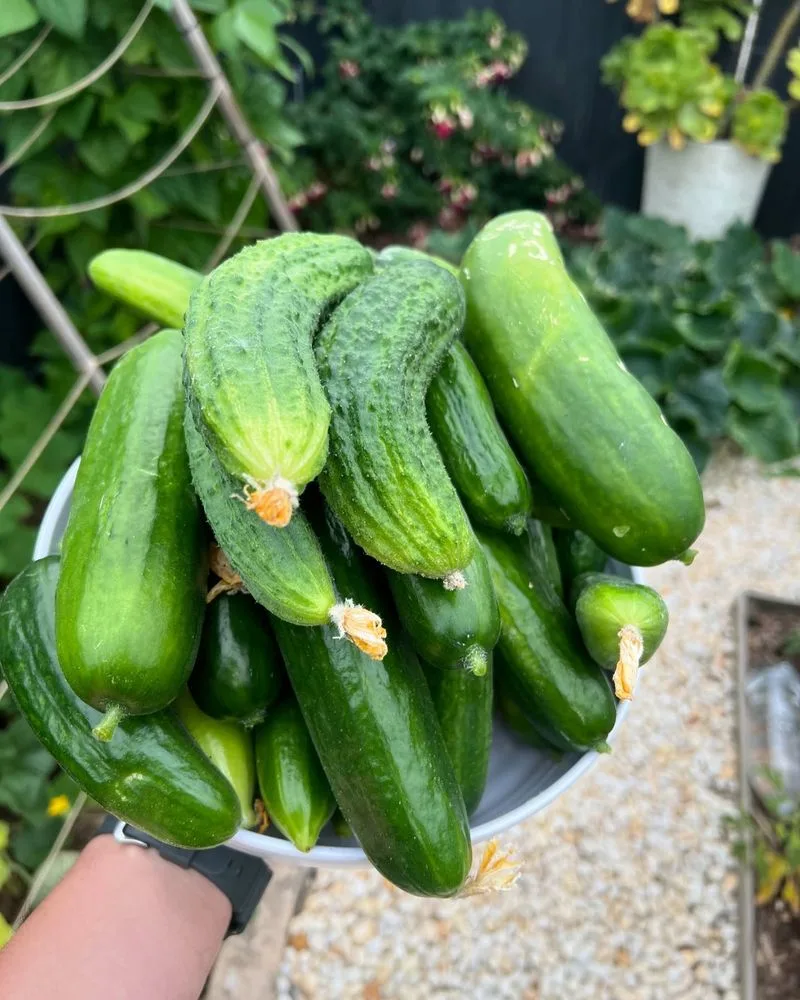
Cucumbers are the epitome of refreshment in salads and pickles. May’s warmth ensures they germinate quickly, climbing their way up trellises. Position them where they can receive abundant sun.
These vines appreciate rich, well-drained soil and consistent watering, especially during dry spells. Keep an eye out for powdery mildew; good air circulation helps prevent it.
Harvest when they’re firm and full-sized but still tender. Enjoy the crispness that comes with homegrown cucumbers, perfect for summer recipes.
Bush Beans
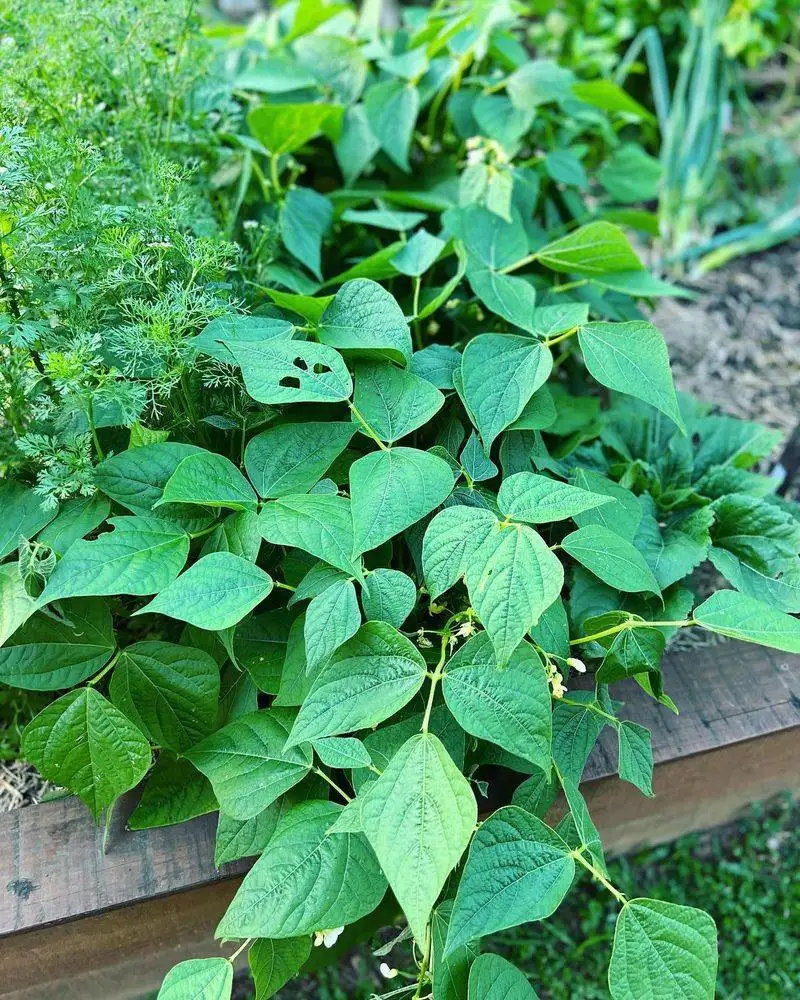
Bush beans are resilient and fast-growing, making them ideal for May planting. They require minimal support, unlike their climbing counterparts. Choose a sunny spot; they adore basking in light, which aids in pod production.
Soil enriched with organic matter sets them up for success. Regular watering is key, ensuring even moisture. Be vigilant about pests like bean beetles; neem oil can be a natural deterrent.
Beans are best harvested when young and tender. Their crunchy texture is wholesome and delightful, perfect for fresh meals or freezing for later.
Squash
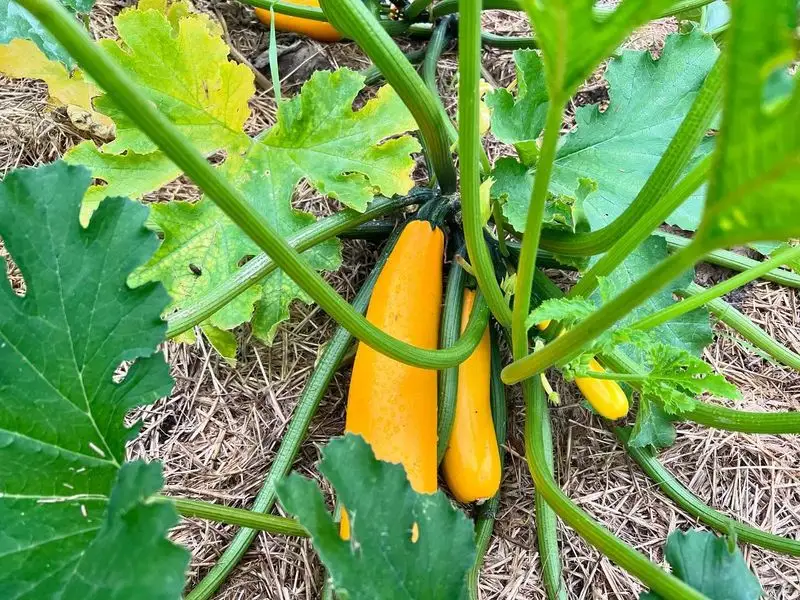
Squash plants are a gardener’s delight in May. Their large leaves capture sunlight efficiently, fueling rapid growth. Choose between summer squash for immediate rewards or winter varieties for long-term storage.
They thrive in nutrient-rich soil with ample space to sprawl. Consistent watering promotes healthy fruit development, but avoid waterlogging the roots.
Pollination is crucial; encourage bees by planting flowers nearby. Watch for signs of squash vine borers, and take proactive measures against them. Harvest when fruits are young for the best taste and texture.
Zucchini
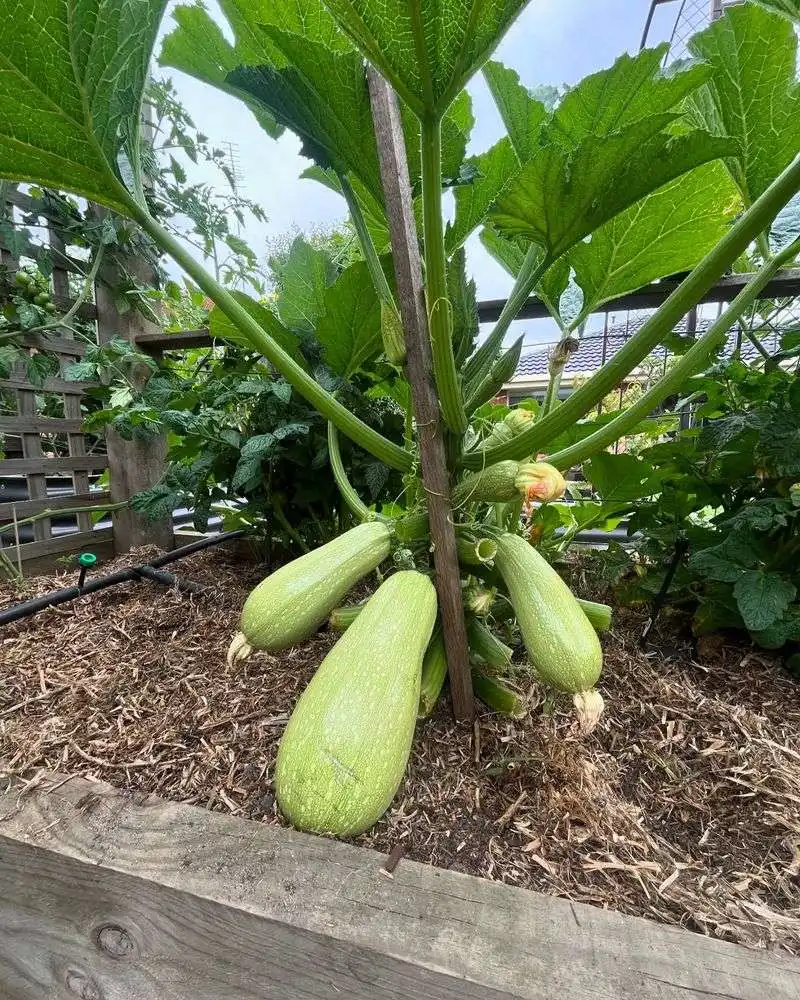
Zucchini is a versatile vegetable that flourishes when planted in May. This prolific producer loves the sun and needs room to spread. Ensure your garden has well-drained soil enriched with compost for best results.
Regularly watering zucchini helps maintain its tender texture. Pick zucchinis when they’re about six inches long to enjoy their delicate flavor. Overgrown zucchinis can become tough and less flavorful.
Watch for powdery mildew, especially in humid conditions. A good air flow between plants can help prevent this. Zucchini is a true garden favorite!
Corn
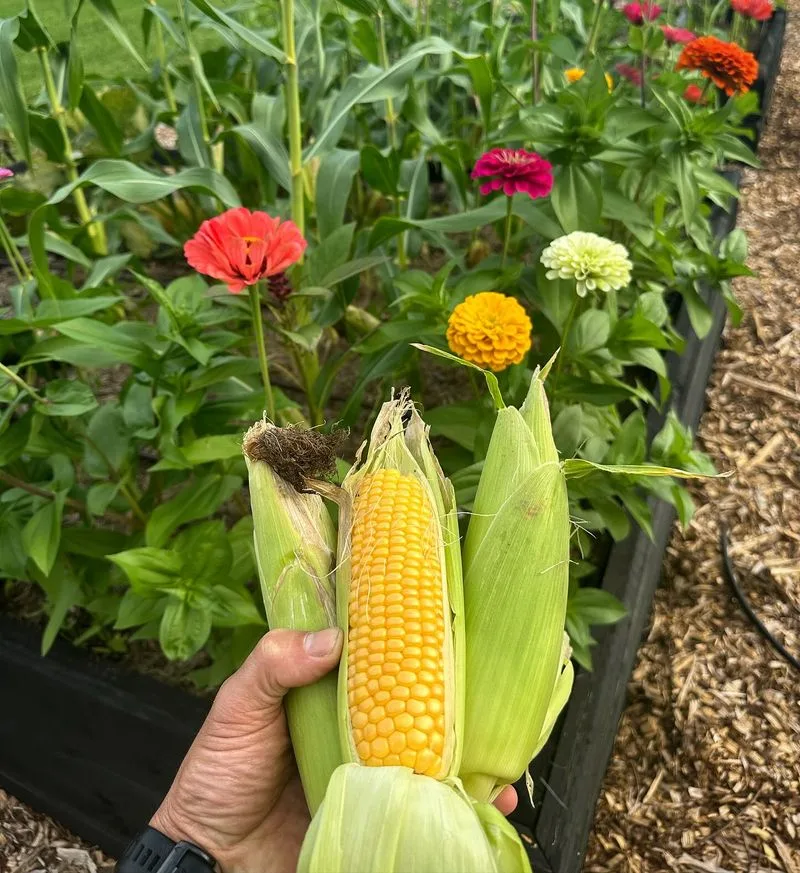
Corn, the quintessential summer crop, is perfect for May planting. This tall grower needs plenty of sunlight and space. Plant in blocks rather than rows to ensure effective pollination.
Rich, well-drained soil with regular watering fosters robust growth. Consider succession planting for continuous harvests throughout summer.
Monitor for pests like corn earworms, and take preventive actions. Harvest when kernels are full and milky for the sweetest taste. Fresh corn on the cob is a summer staple that’s hard to beat.
Eggplant
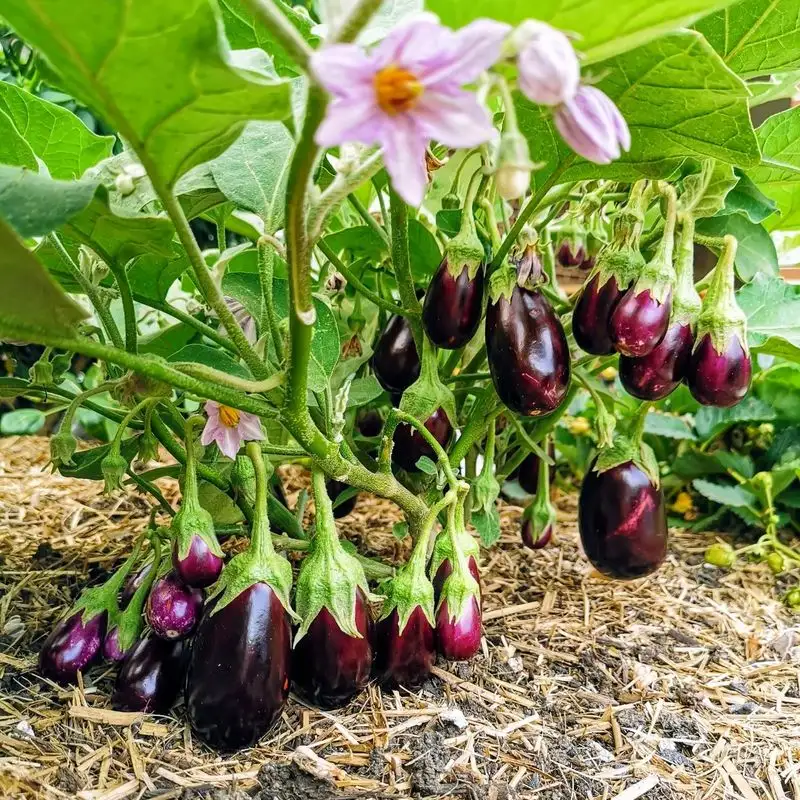
Eggplants, with their glossy appeal, are an excellent choice for May planting. These heat-loving plants thrive in full sun and fertile, well-drained soil. Stake them early to support their upright growth.
Regular watering, particularly during dry spells, keeps them in prime condition. Be vigilant against flea beetles, which can damage leaves early on.
Harvest eggplants when they’re shiny and firm. Overripe eggplant can become bitter, detracting from its unique flavor. Savor their rich taste in your summer dishes.
Melons
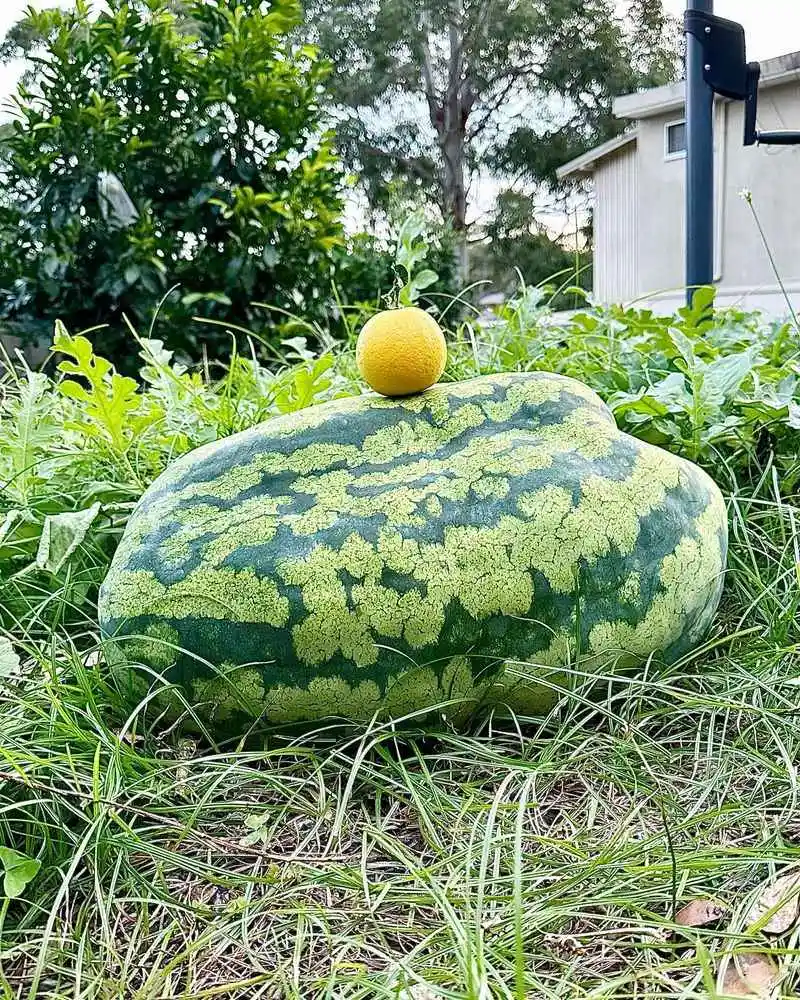
Melons, whether cantaloupe or watermelon, bring a juicy sweetness to summer tables. May’s warmth is key for successful germination and growth. Choose a sunny and spacious location, as they need ample room to sprawl.
Rich, loose soil with consistent moisture supports their development. Mulching helps retain soil warmth and moisture, critical for early growth stages.
Pollination is essential, so attract bees with companion flowers. Harvest when the fruit is fully ripe, and the sweet scent is unmistakable. Melons are a refreshing treat in the heat of summer.
Broccoli
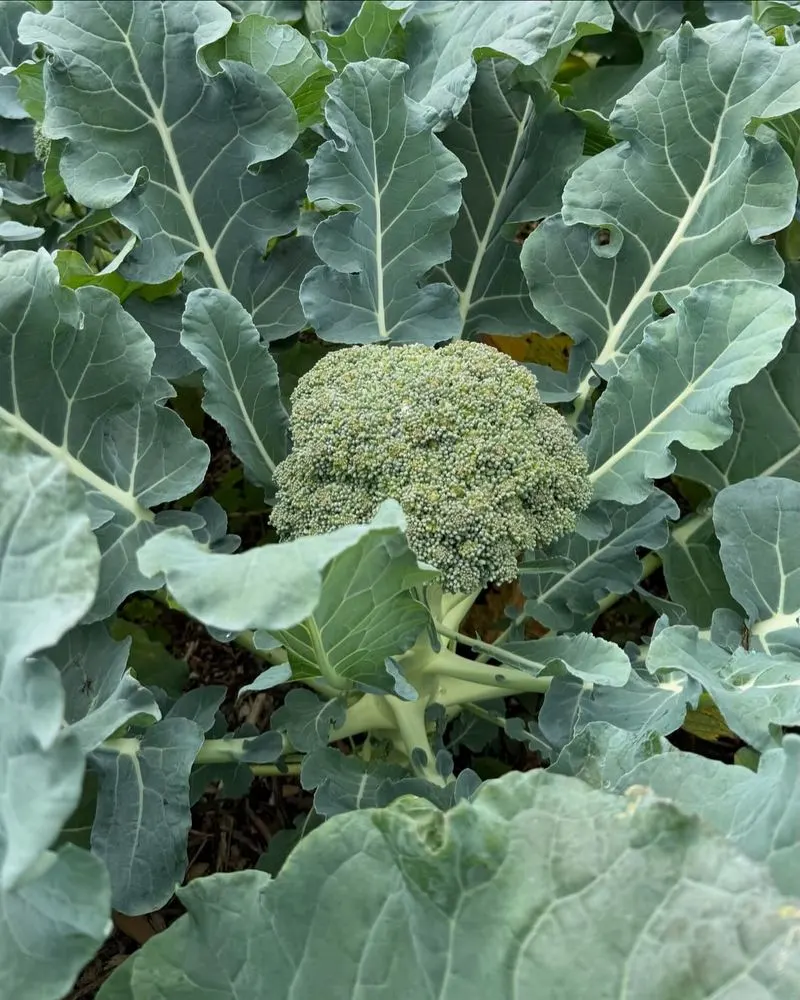
Broccoli is a cool-weather vegetable that struggles in the summer heat when planted in May. Its preference for cooler temperatures makes it a tricky choice this late in the season.
For successful growth, broccoli requires consistent soil moisture and cooler temperatures, often difficult to maintain during summer months. This can stress the plant, leading to suboptimal head formation.
If you attempt to plant, ensure ample shade and watering, but be prepared for potential disappointment. Instead, consider waiting until late summer to plant for a fall harvest, when conditions are more favorable.
Cauliflower
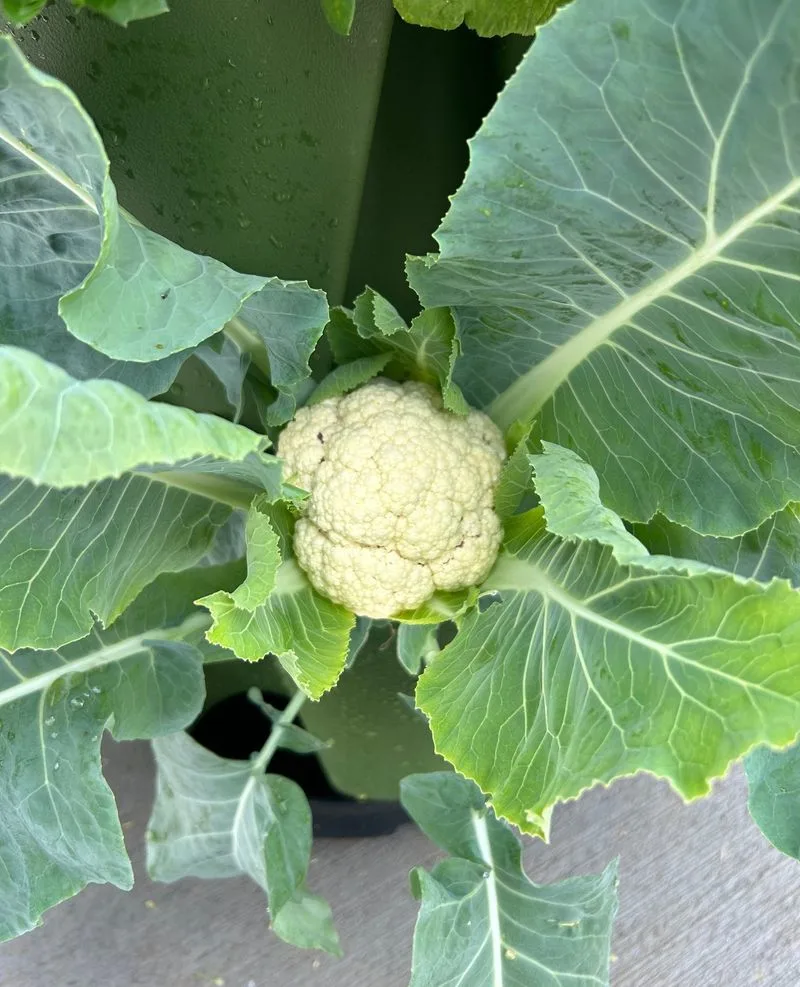
Cauliflower, much like its cousin broccoli, is sensitive to heat, making May planting a gamble. This cool-season crop prefers temperatures that hover between 60-70°F for optimal growth.
Warmer weather in May can lead to bolting, where the plant flowers prematurely, ruining the edible head. Protect cauliflower with shade cloths to mitigate heat exposure, though results might vary.
For best results, plan for a fall harvest by starting seeds mid-summer. This way, cauliflower can mature during cooler months, producing the dense, flavorful heads gardeners cherish.
Lettuce
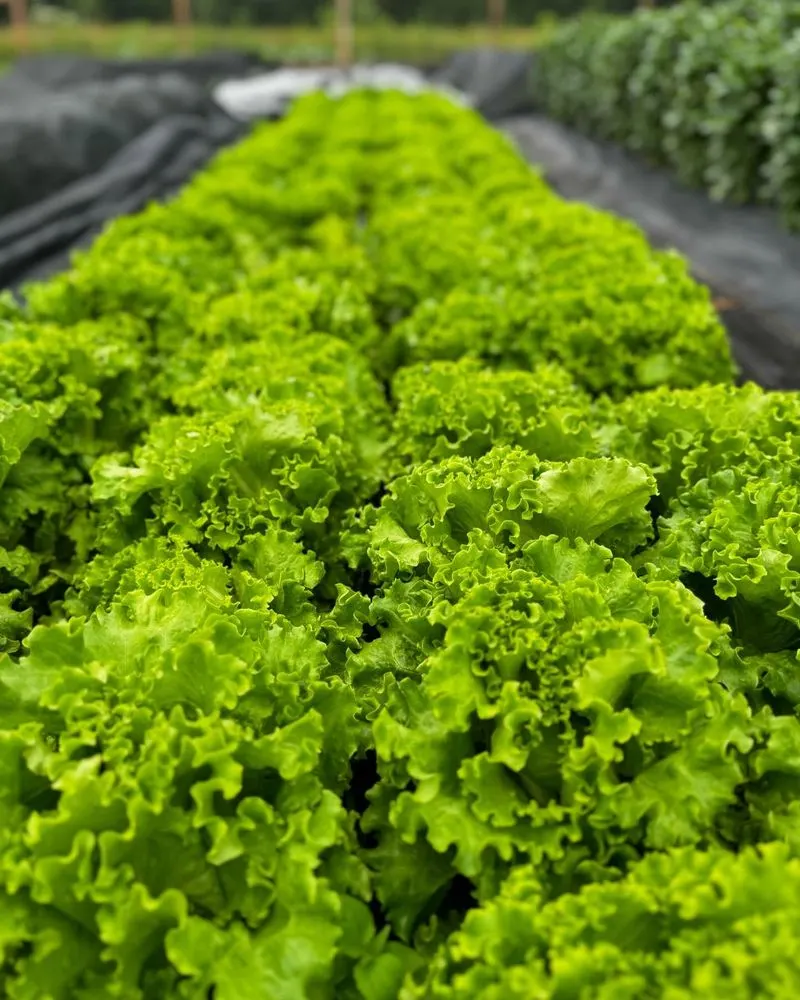
Lettuce, the salad staple, wilts under May’s rising temperatures. This leafy green prefers the mild conditions of early spring or fall.
Heat can cause lettuce to bolt, making leaves bitter and unpalatable. If you’re set on growing lettuce in May, provide ample shade and frequent watering to keep soil cool.
However, waiting until fall ensures a more productive harvest. In cooler conditions, lettuce thrives with tender, flavorful leaves perfect for fresh salads.
Spinach
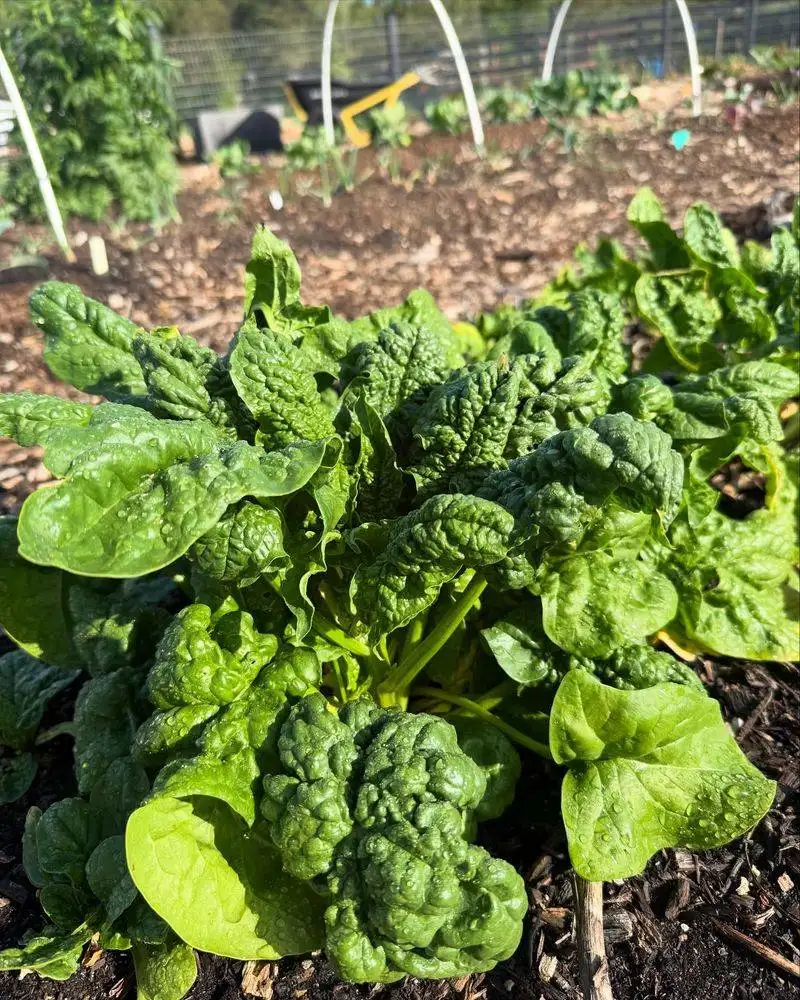
Spinach tends to languish when temperatures soar, making it a poor choice for May planting. This leafy green thrives in cool, moist conditions that are hard to maintain as spring transitions to summer.
Bolting is a common issue, causing spinach to produce seeds rather than leaves, making it unpalatable. If planting in May, choose heat-resistant varieties and provide shade.
Patience is key; waiting for cooler weather later in the year will yield a more bountiful and flavorful harvest. Spinach is best suited for spring and fall planting.
Peas
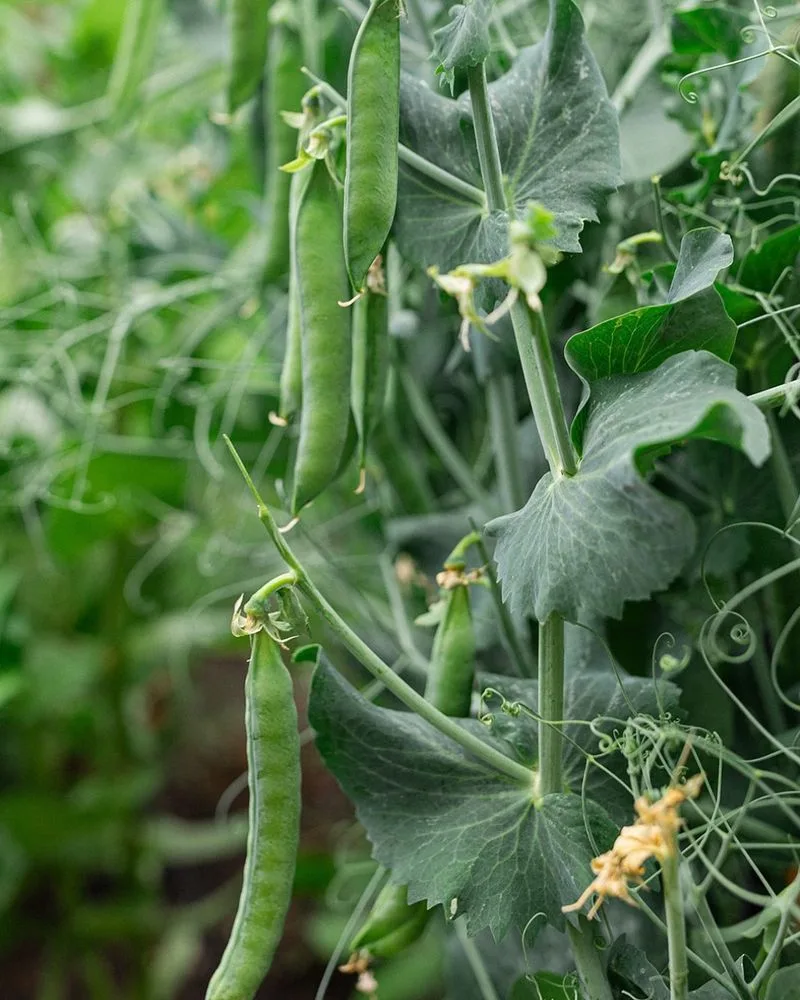
Peas, with their sweet crunch, struggle as May warmth sets in. They thrive in cooler weather, making early spring or late fall ideal planting times.
In May, rising temperatures can hinder pod formation, leading to disappointing harvests. If you attempt a May planting, ensure ample shade and cooling strategies.
Consider planting again when temperatures drop, as peas are a cool-season crop at heart. The sweetest peas come from those grown in their preferred cooler climates.
Radishes
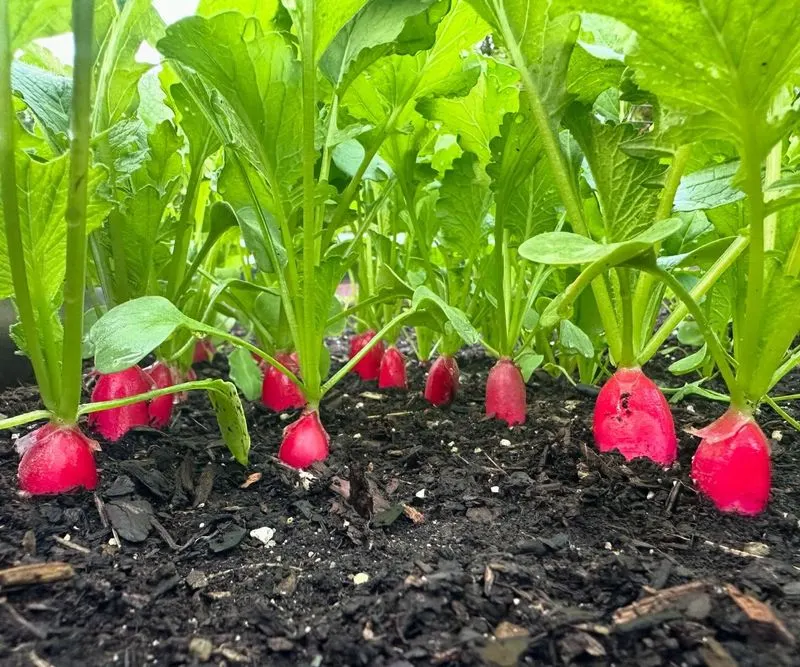
Radishes are quick growers, but May heat poses a challenge. They thrive in cooler soil, which becomes elusive as spring gives way to summer.
Heat can cause radishes to develop a woody texture, making them less desirable. Frequent watering and shading can help, but results may vary.
For crisp, tender radishes, consider planting in early spring or waiting until temperatures cool in the fall. This ensures a harvest that’s both flavorful and satisfying.
Carrots
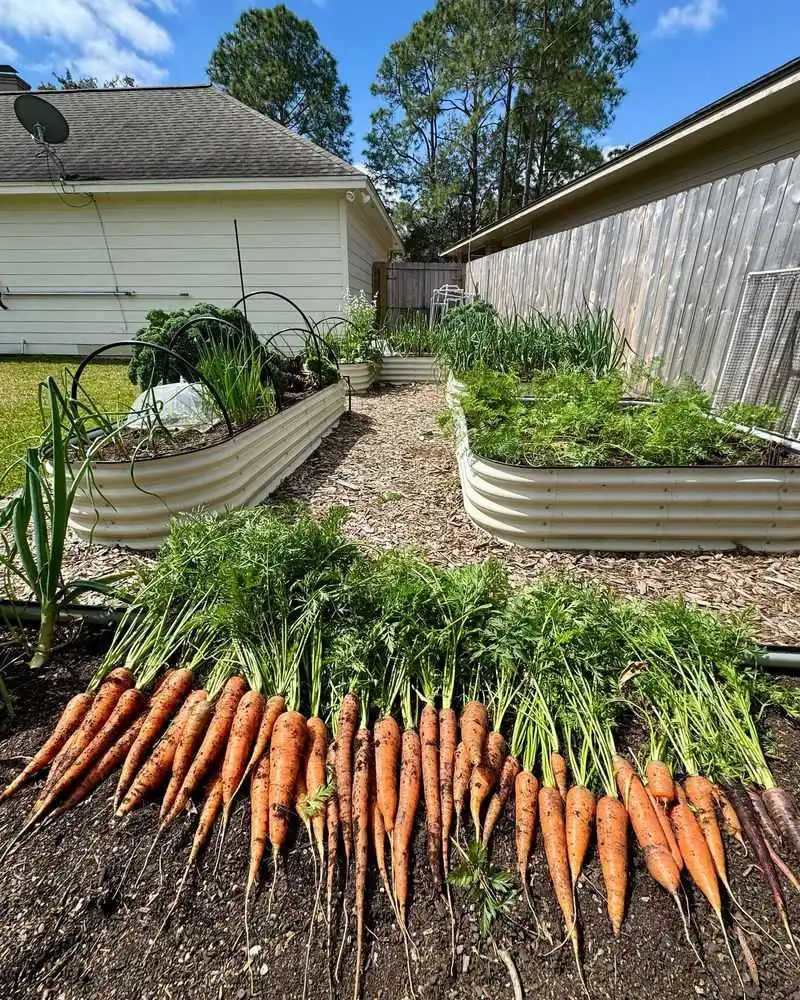
Carrots require a longer growing season and cooler soil temperatures, which May doesn’t reliably provide. This root vegetable prefers early spring or late summer planting.
Warmer soil can lead to poor root development, impacting their taste and texture. If planting in May, ensure consistent moisture and consider mulching to retain soil coolness.
However, for best results, plan for a fall harvest. The cooler conditions promote sweeter, more robust carrots that are perfect for winter storage and use.
Beets
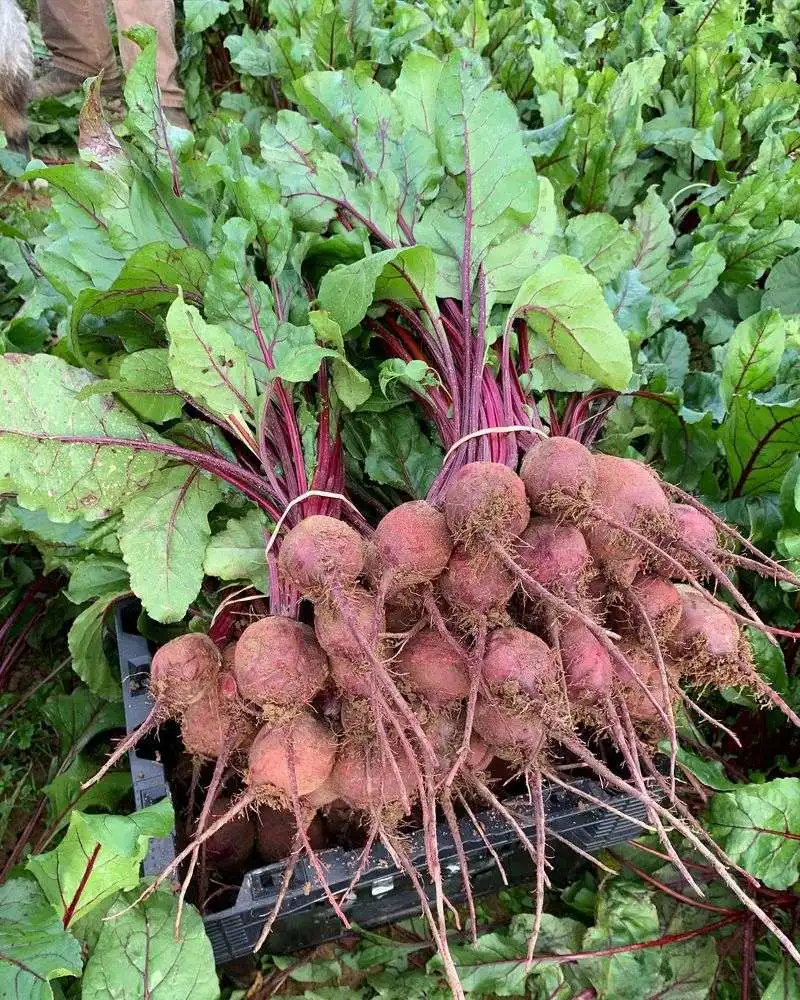
Beets, with their earthy sweetness, don’t favor May planting. These roots prefer cooler soil, which is scarce as temperatures rise.
Heat can cause beets to become tough and fibrous, impacting their culinary appeal. Shade and moisture retention can help mitigate these effects, but success is limited.
For optimal flavor and texture, consider planting beets in the fall. This allows them to mature in cooler conditions, resulting in a sweeter, more tender crop.
Celery
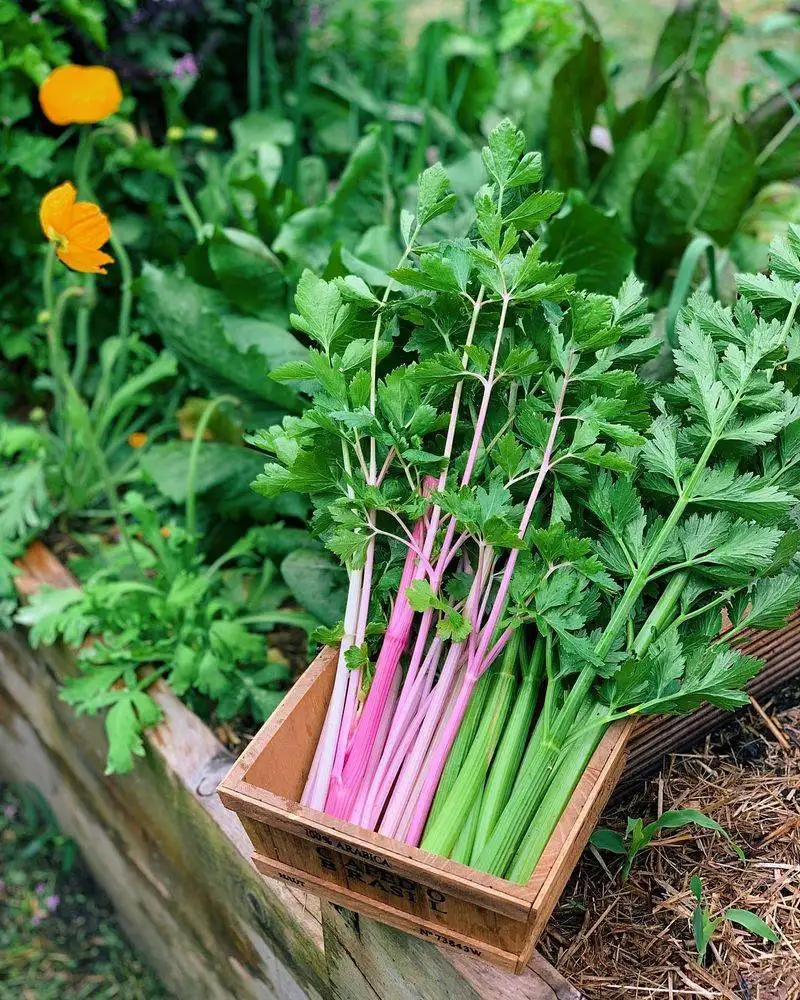
Celery is notoriously finicky, requiring specific conditions that May often doesn’t provide. This vegetable prefers long, cool growing periods, making it unsuitable for planting as temperatures climb.
Heat can cause celery to develop a bitter flavor and tough stalks. Providing consistent moisture and some shading may help, but results can be mixed.
Consider starting celery earlier in the season or planting for a fall harvest, when cooler conditions are more favorable for their delicate growth needs.
Brussels Sprouts
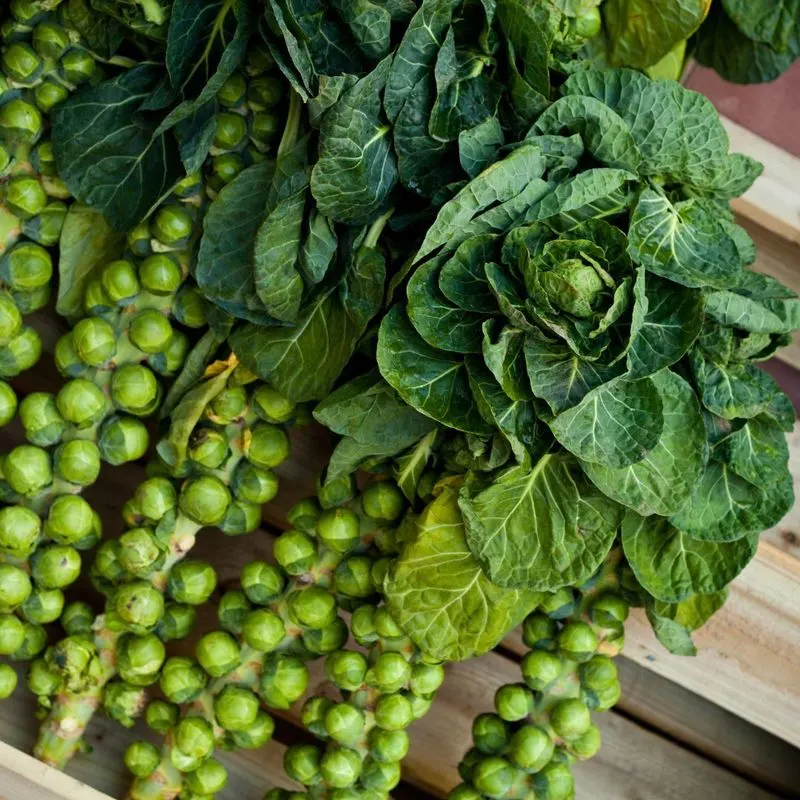
Brussels sprouts, known for their rich, nutty flavor, struggle in the heat of May. They need a long, cool growing season to develop their signature taste and texture.
Planting in May often leads to poor sprout formation and a bitter taste due to heat stress. Providing shade and consistent watering can help, but success is uncertain.
For a truly satisfying crop, consider planting in late summer for a fall harvest. This ensures they grow in cool conditions, enhancing both flavor and quality.

